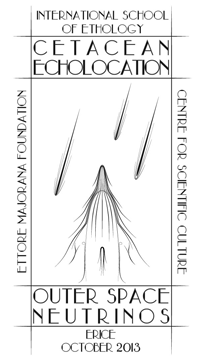Speaker
Prof.
Joseph Vignola
(The Catholic University of America)
Description
Offshore oil and gas exploration as well as geophysical research activities using seismic airgun arrays are known to generate intense underwater impulses that could impact marine mammals by causing hearing impairment and/or behavioral modification. However, few studies have investigated the resulting multipath propagation and reverberation from the airgun impulses, which could affect long distance communication and result in acoustic masking for marine mammals. In this study we report our initial findings on elevated overall background sound levels by the multipath propagation and reverberations between airgun impulses during a low-level open-water seismic survey in a shallow water environment in the U.S. Arctic. The research uses continuous acoustic recordings collected from three bottom-mounted hydrophones deployed in the U.S. Beaufort Sea between August and early September 2012. Two quantitative methods are employed to characterize the background sound field. The first is based on a Hilbert transform to extract and quantify the amplitude of the reverberant field in the period between impulses. The second is a statistical examination of the RMS noise levels during the same intervals between pulses and its dependence on source range. Preliminary results show that a significant portion of the sound field between seismic impulses raises above nominal ambient noise levels reported in the Arctic, and at least certain portions of the sound field were above 120 dB re 1 µPa, a benchmark used by U.S. regulators as a threshold for marine mammal behavioral harassment by non-impulse sound. Further, the duration of the reverberation field was found to be related to the source range, with significantly longer decay time measured on hydrophones that are farther away from the source. This effective increase of the ambient noise field has the potential to effects marine mammals in ways that differ from short higher amplitude, shorter duration impulsive levels seen in regions closer to the source.
Primary author
Prof.
Joseph Vignola
(The Catholic University of America)
Co-author
Guan SHANE
(NOAA/NMFS Office of Protected Resources)

